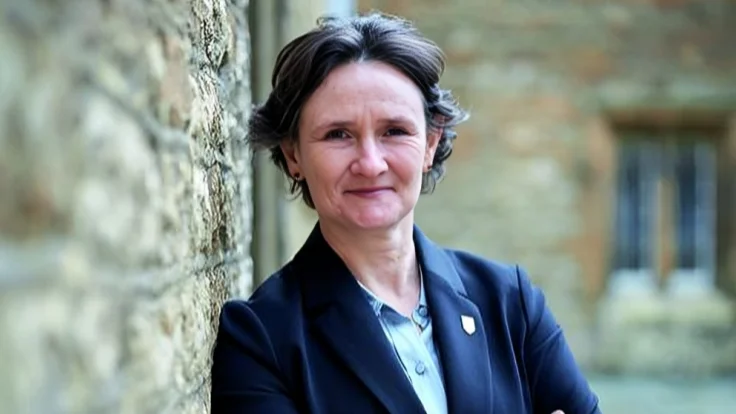The first robust evidence on the efficacy and safety of two bubonic plague treatment regimens has been reported by an international research team, following a five-year clinical trial in Madagascar. The IMASOY trial tested two approaches: a ten-day course of oral ciprofloxacin, and a combination of three days of injectable gentamicin followed by seven days of oral ciprofloxacin.
Plague remains a global health threat due to its animal reservoirs and potential for deliberate release, despite declining case numbers. Most cases occur sporadically worldwide, with Madagascar accounting for about 80% of all reported cases annually. Bubonic plague is life-threatening, with mortality rates between 15-25%.
The study enrolled 450 patients with suspected bubonic plague from 2020 to 2024 at 47 sites across 11 districts in Madagascar. Of these, laboratory tests confirmed infection in 222 individuals. Both regimens showed high effectiveness and safety, with overall treatment success rates around 90% and mortality near 4%. Researchers noted that the ten-day oral regimen offers several advantages over injectable treatments: it can be administered at home, reduces pressure on limited hospital beds in rural areas, lowers healthcare worker workload, and costs about one-tenth as much as current standard therapy.
Funding was provided by Wellcome and the UK Foreign, Commonwealth & Development Office. The University of Oxford led the collaboration alongside Institut Pasteur de Madagascar, Centre Hospitalier Universitaire Joseph Raseta Befelatanana, Centre d’Infectiologie Charles Mérieux, London School of Hygiene & Tropical Medicine, ISARIC consortium partners, and Madagascar’s national health services.
Piero Olliaro, Professor at the Pandemic Science Institute at the University of Oxford and senior author on the study said: "Despite its deadly history, we’ve had little clinical evidence on treating bubonic plague - until now. Thanks to the patients and healthcare workers in the trial, we now have real-world proof of effective, safe treatment. Ongoing data analysis will deepen our understanding of the disease, including risk factors, symptoms, and diagnostics."
Mihaja Raberahona from CHU Joseph Raseta Befelatanana added: "In Madagascar, where plague cases occur in remote rural locations with limited healthcare infrastructure, taking a straightforward oral antibiotic is vastly preferable to a treatment requiring injections. It alleviates healthcare worker workload and is also much cheaper - costing about one-tenth of the current treatment regimen."
Rindra Vatosoa Randremanana from Institut Pasteur de Madagascar described the operational challenges: "The trial was a massive operational undertaking. Many patients were in remote villages and the unpredictable nature of the outbreaks made the research very challenging. Recruiting the 450 patients, of whom about half were confirmed with bubonic plague took five plague transmission seasons and an army of research assistants, doctors and community health workers. We are hugely grateful to everyone who took part."
Researchers intend to work with organizations such as the World Health Organization (WHO) to provide evidence needed for updating clinical guidelines based on these findings.
The full results are published under 'Ciprofloxacin versus Aminoglycoside-Ciprofloxacin for Bubonic Plague' in The New England Journal of Medicine.

